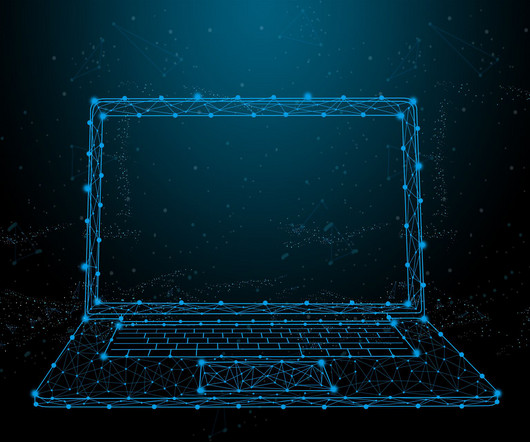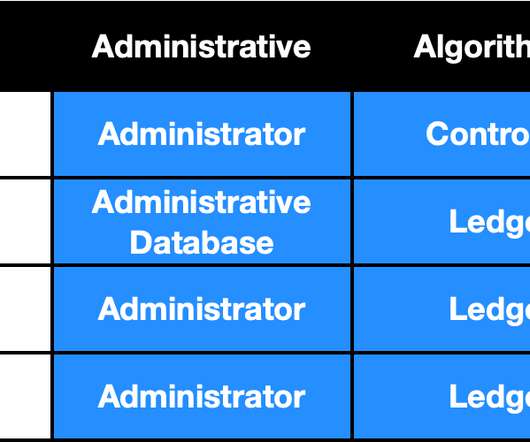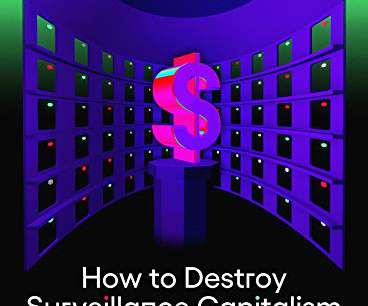Can you trust your computer?
Dataconomy
AUGUST 8, 2023
Trusted computing stands as a pivotal milestone in the ever-evolving landscape of digital security, strategically weaving hardware and software mechanisms into the very fabric of computing systems. The TCB’s features require initial operating system installation.














Let's personalize your content